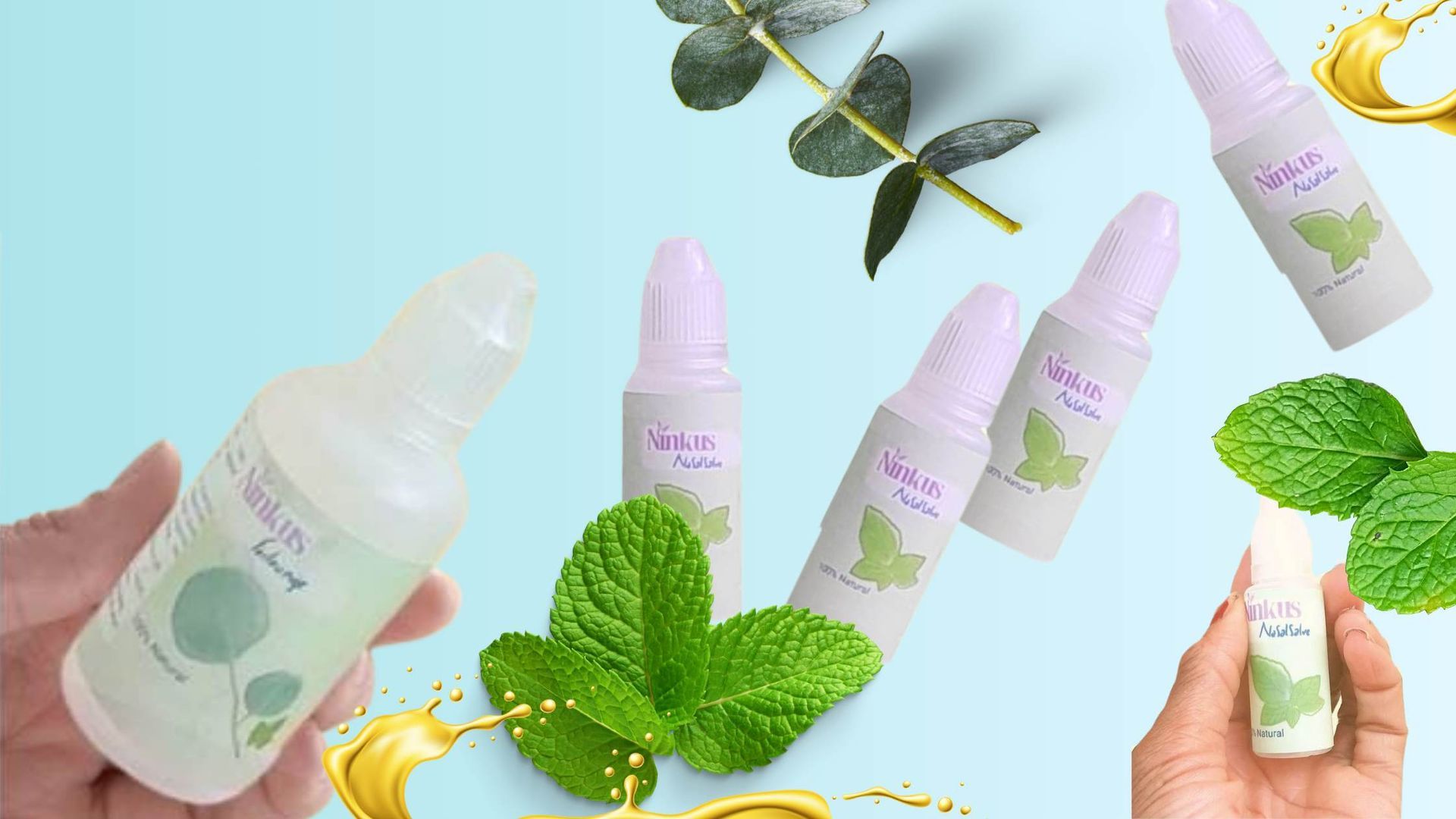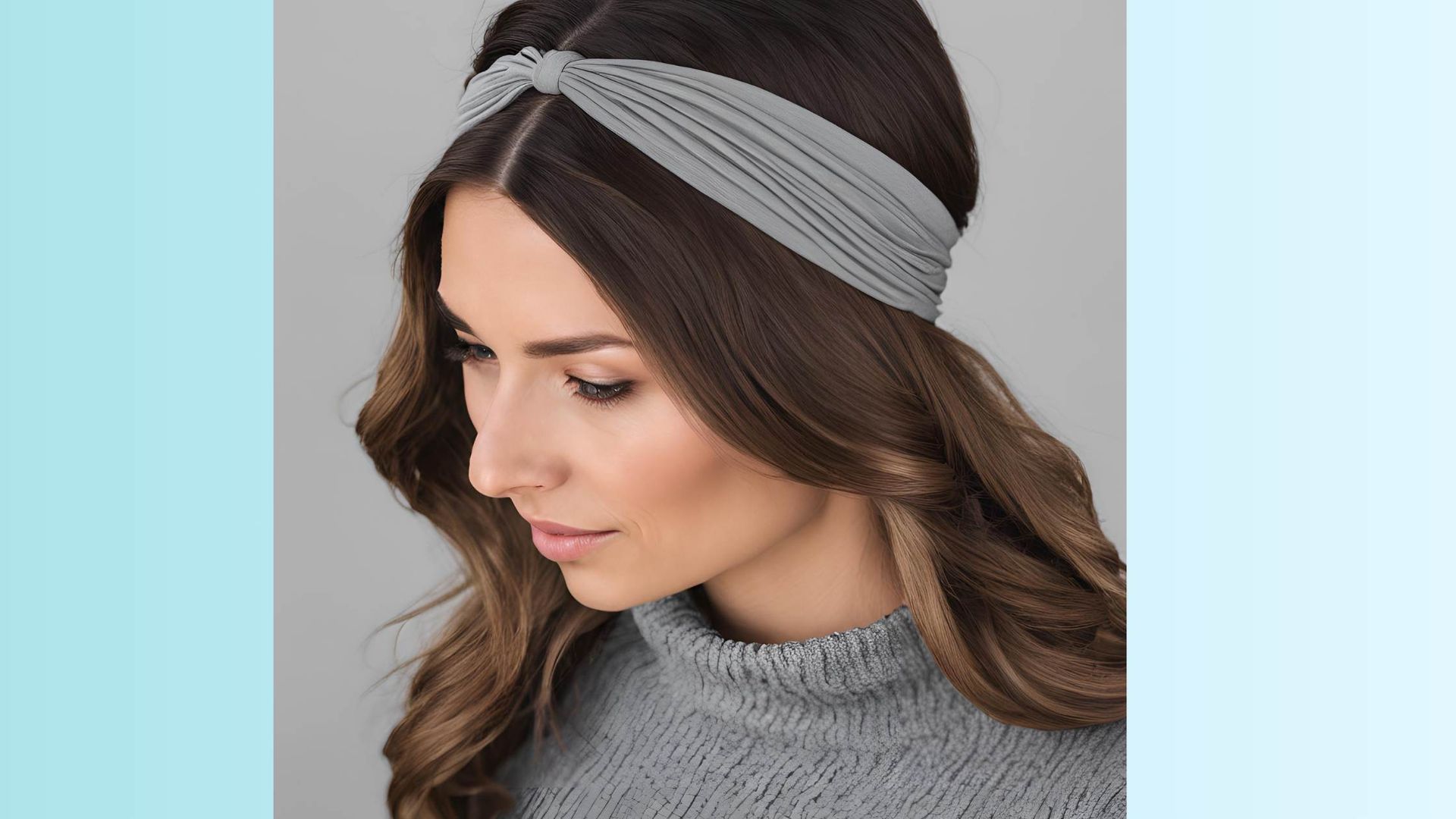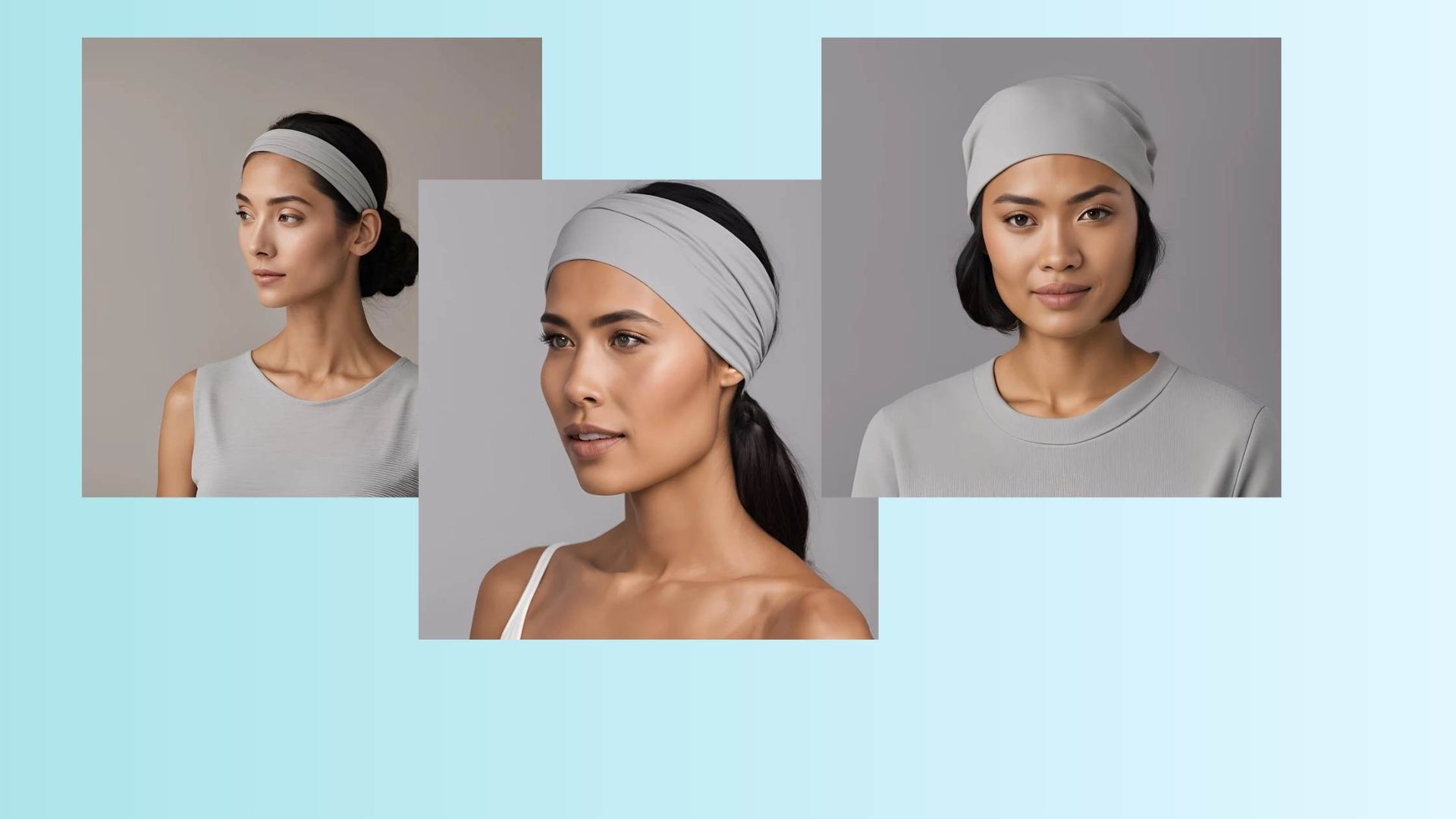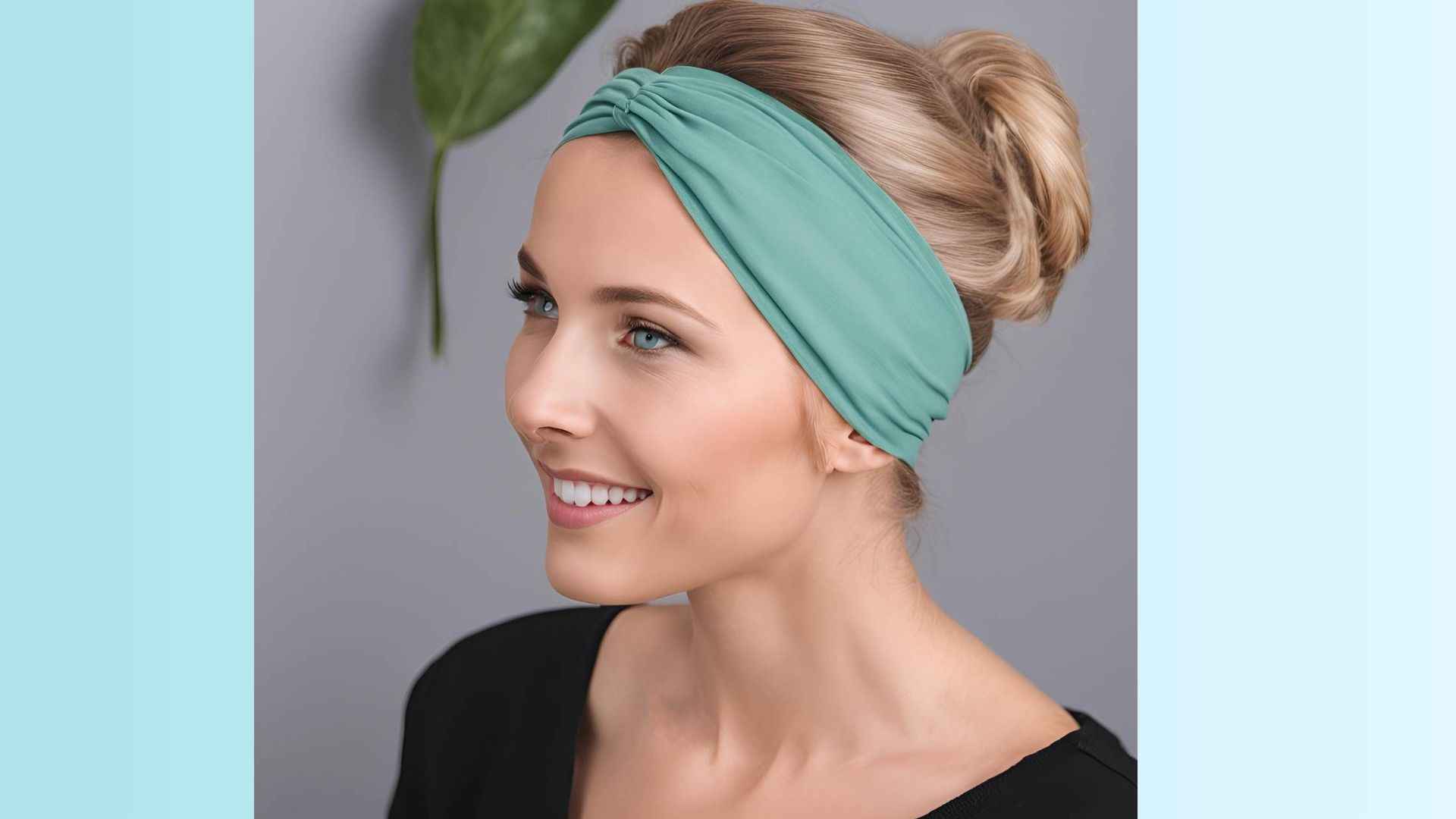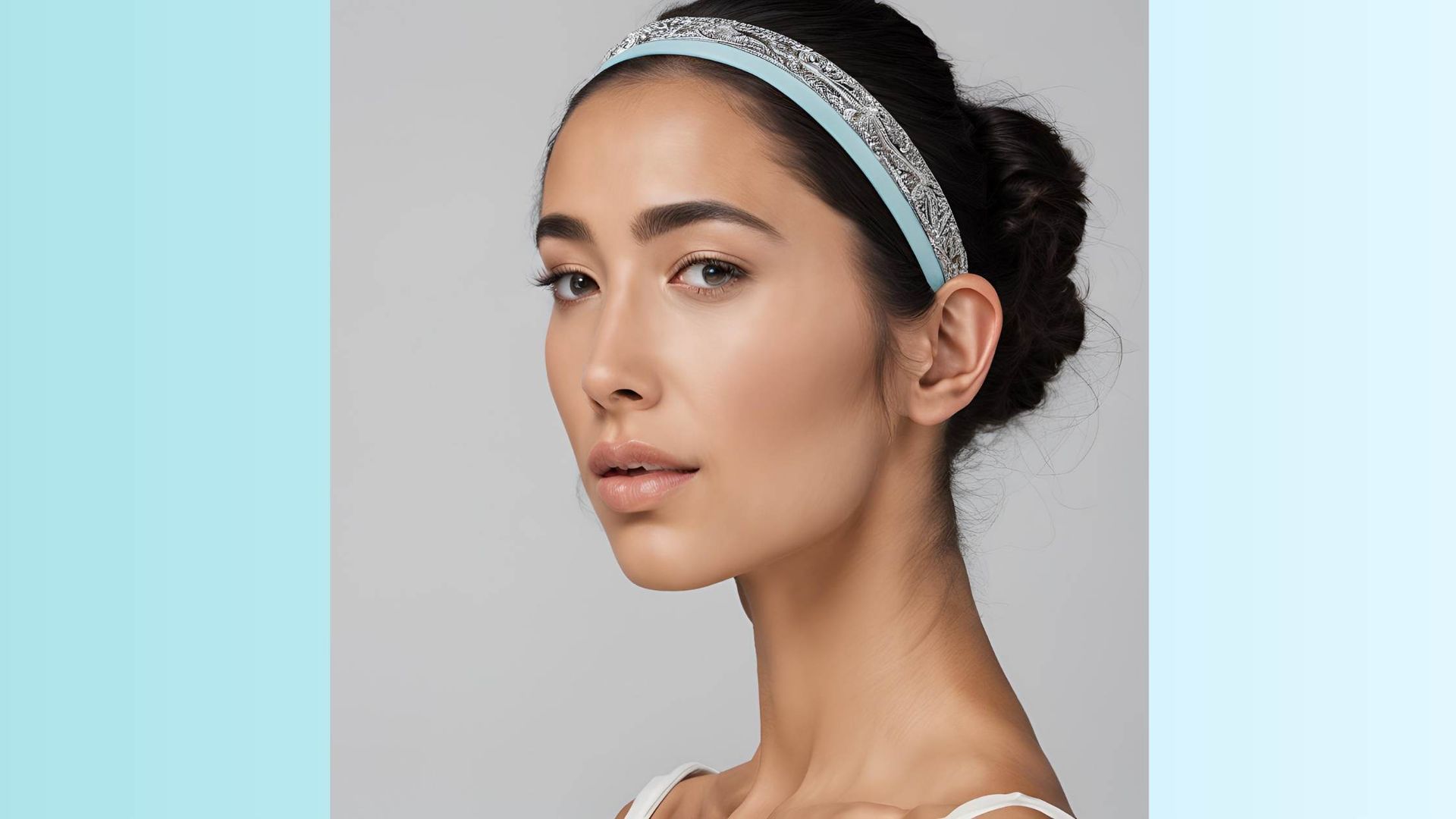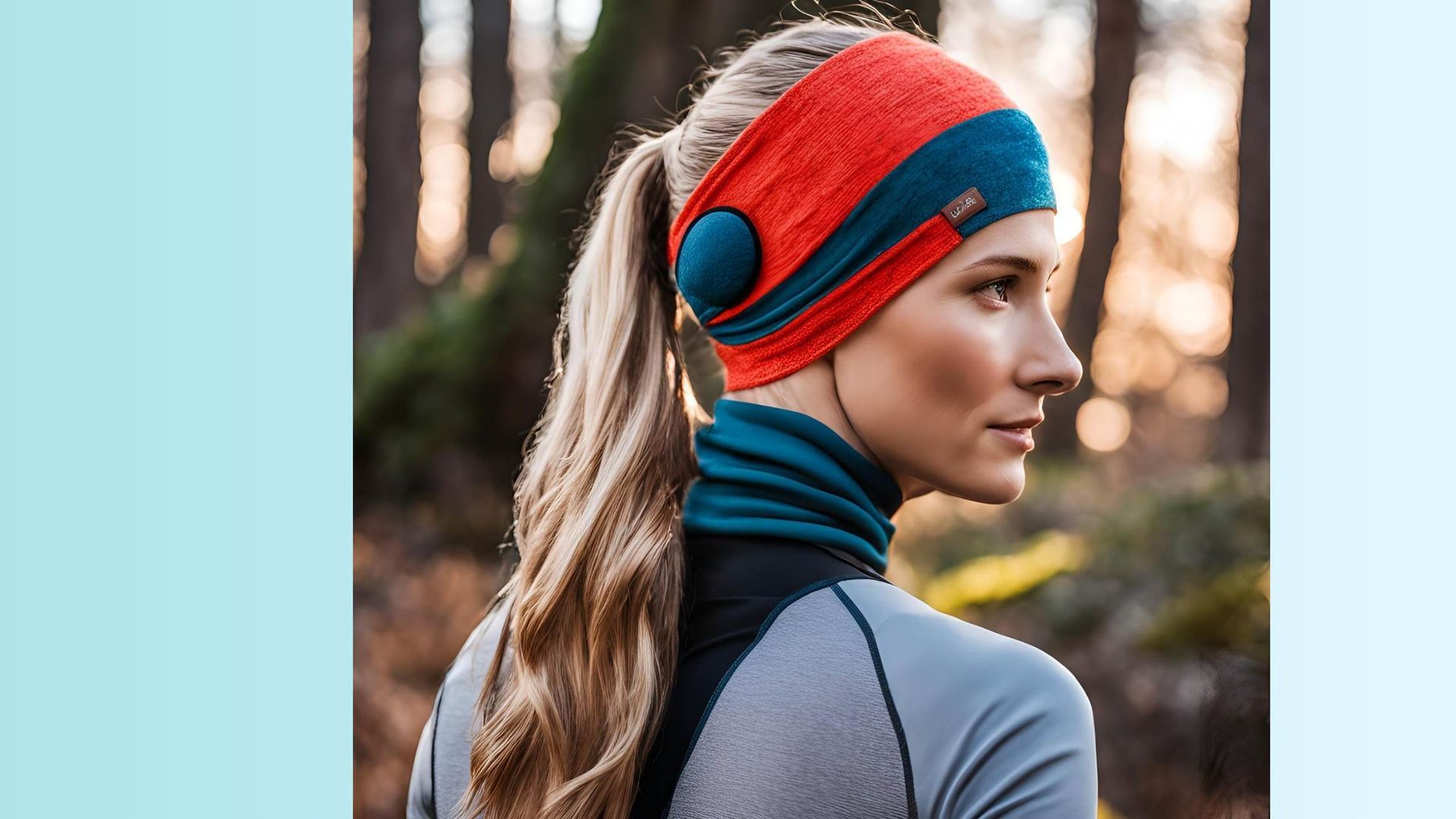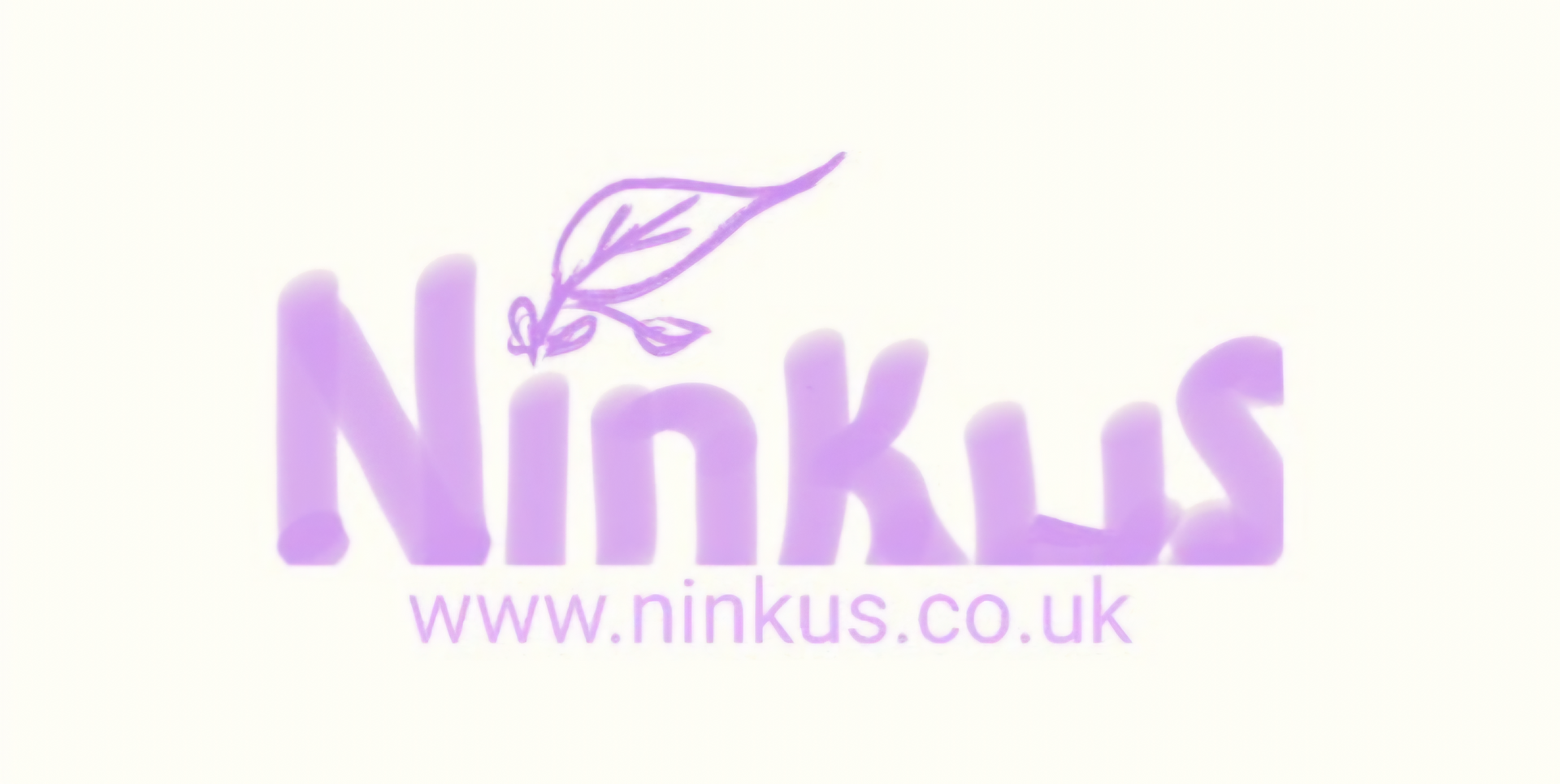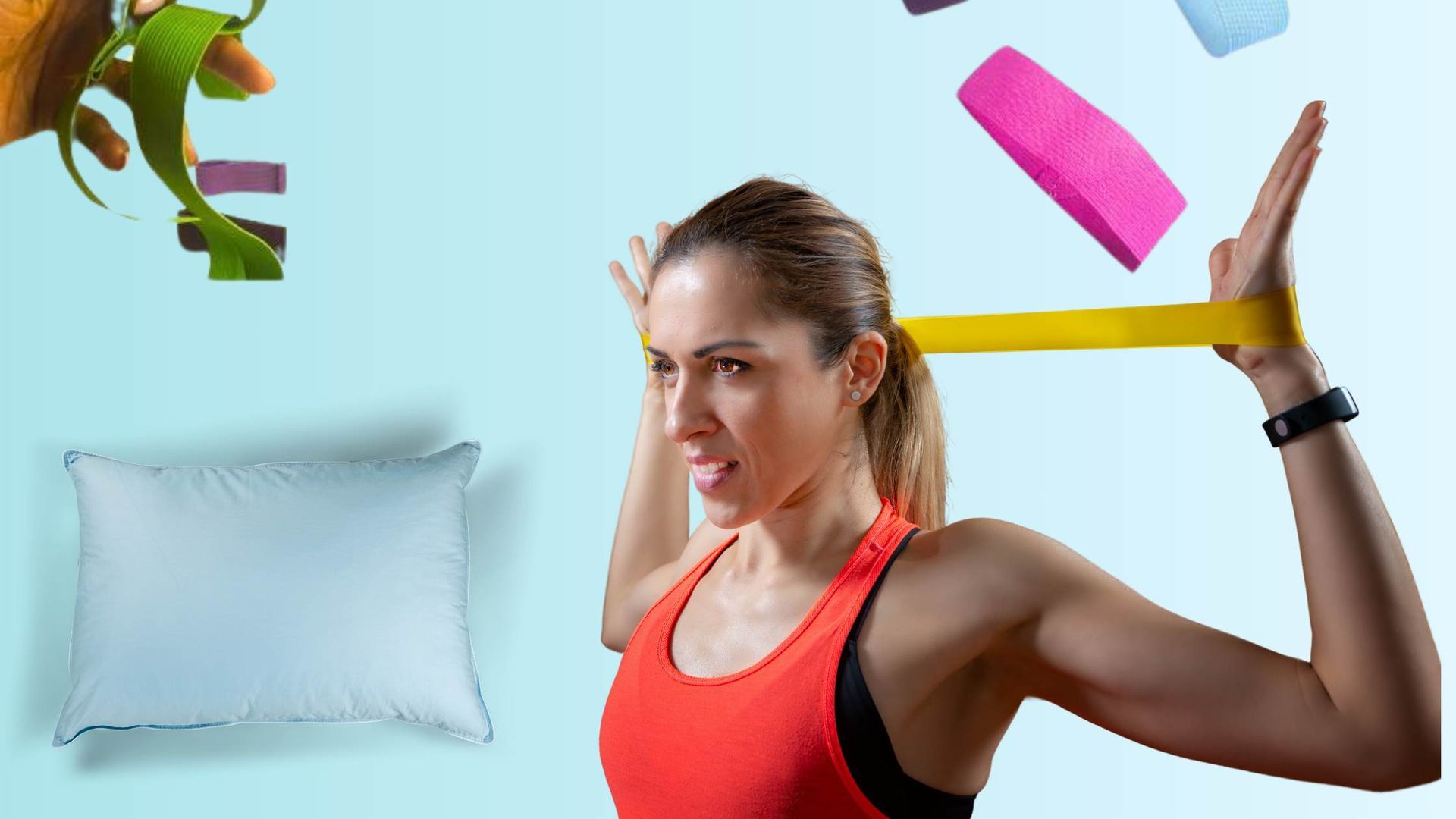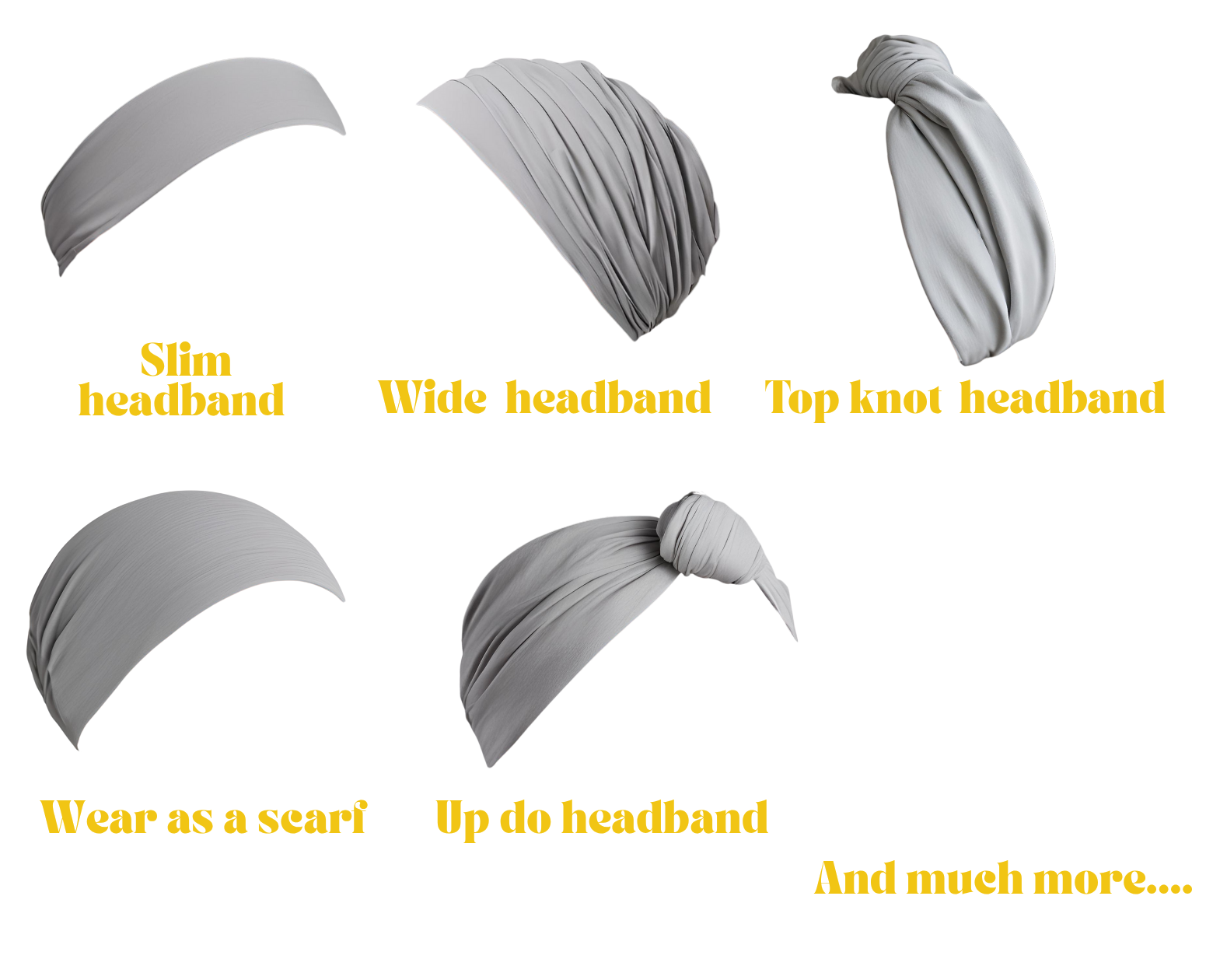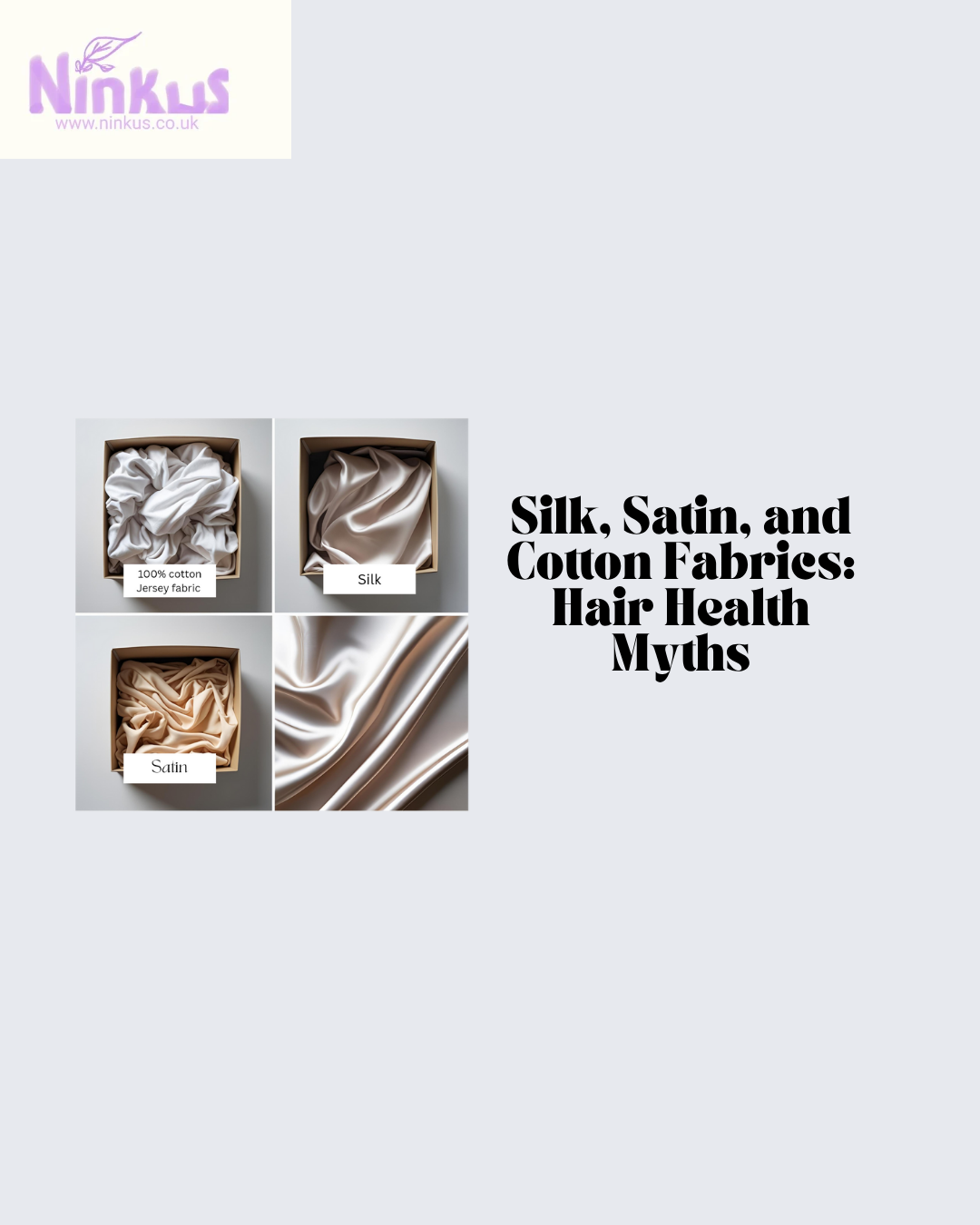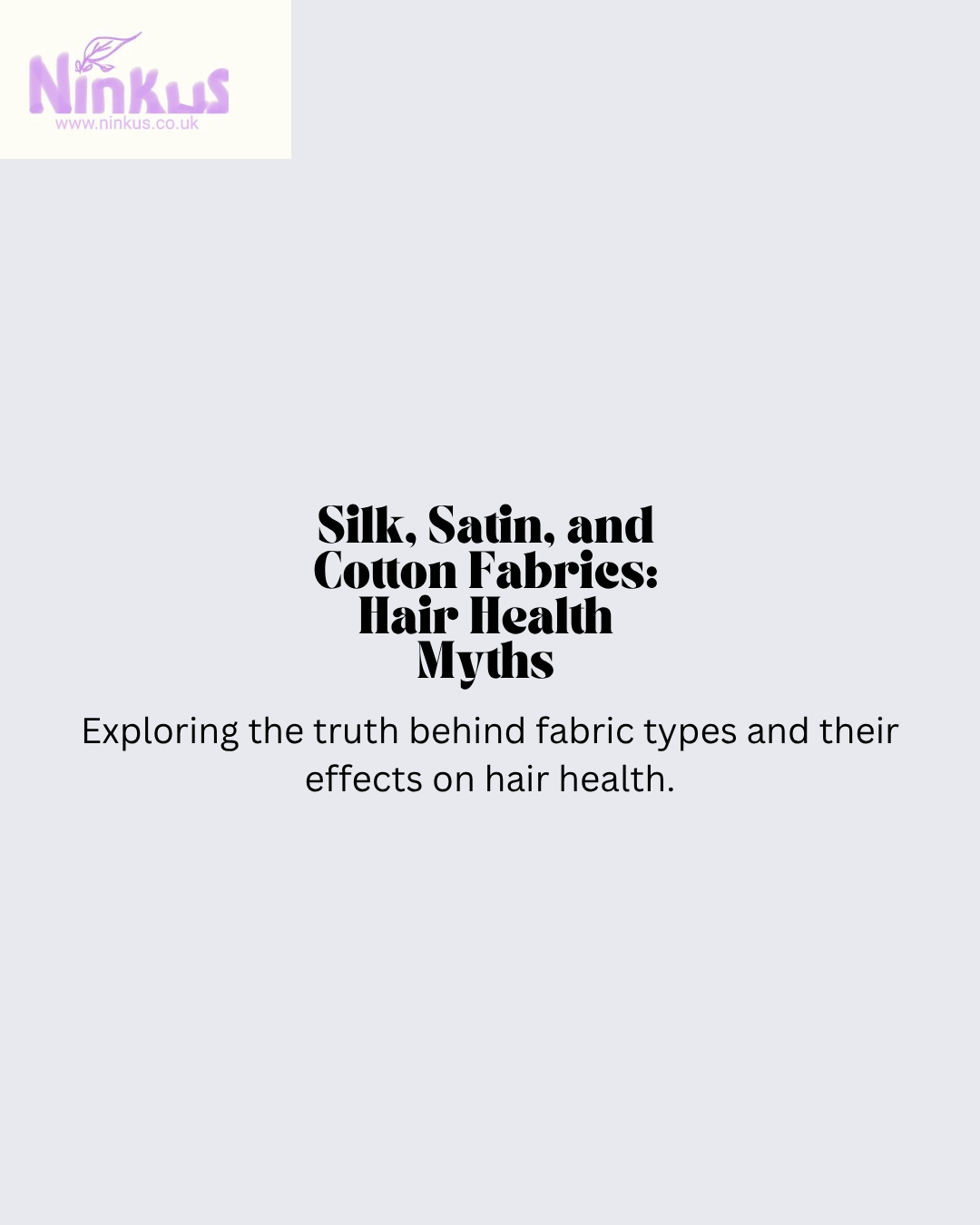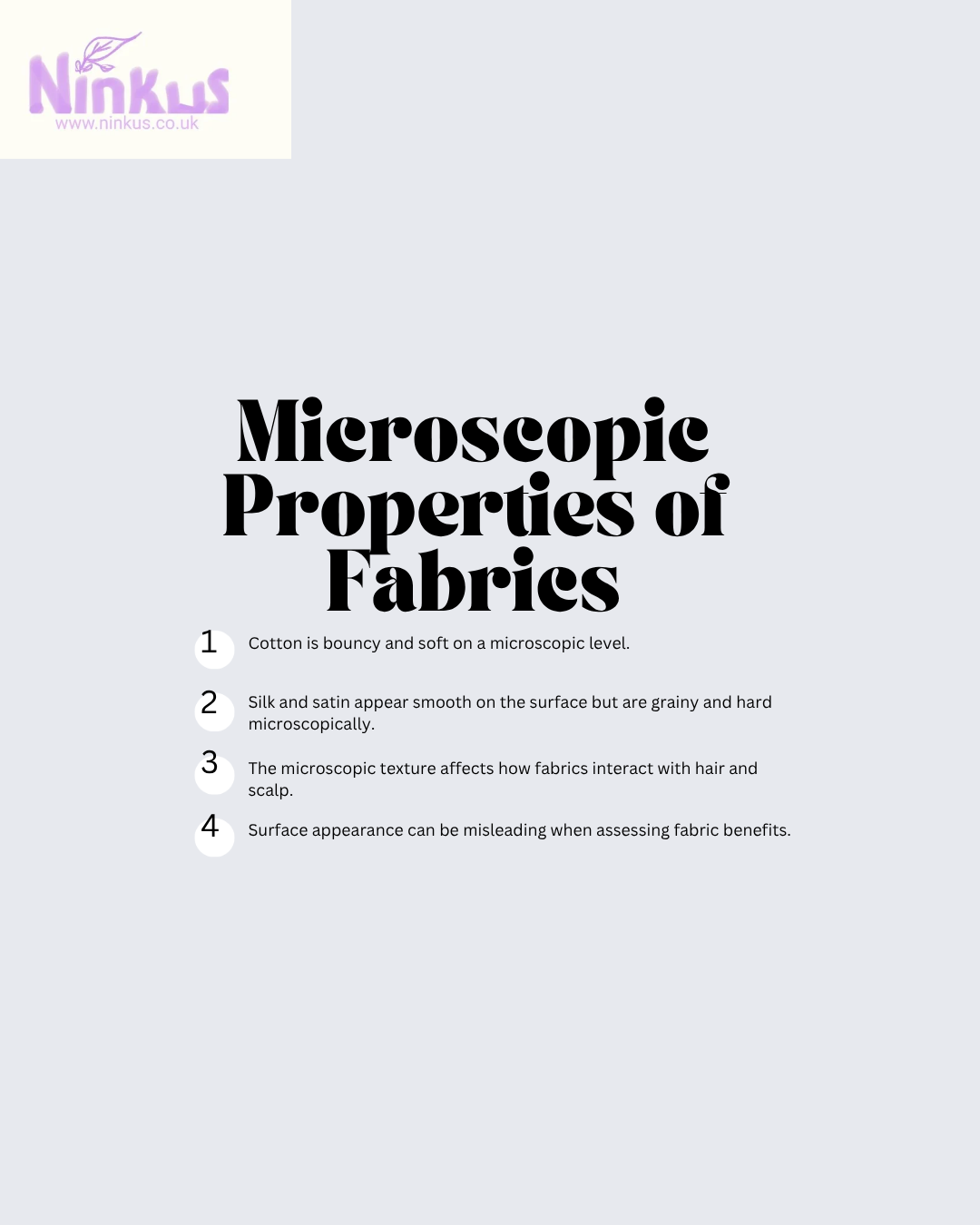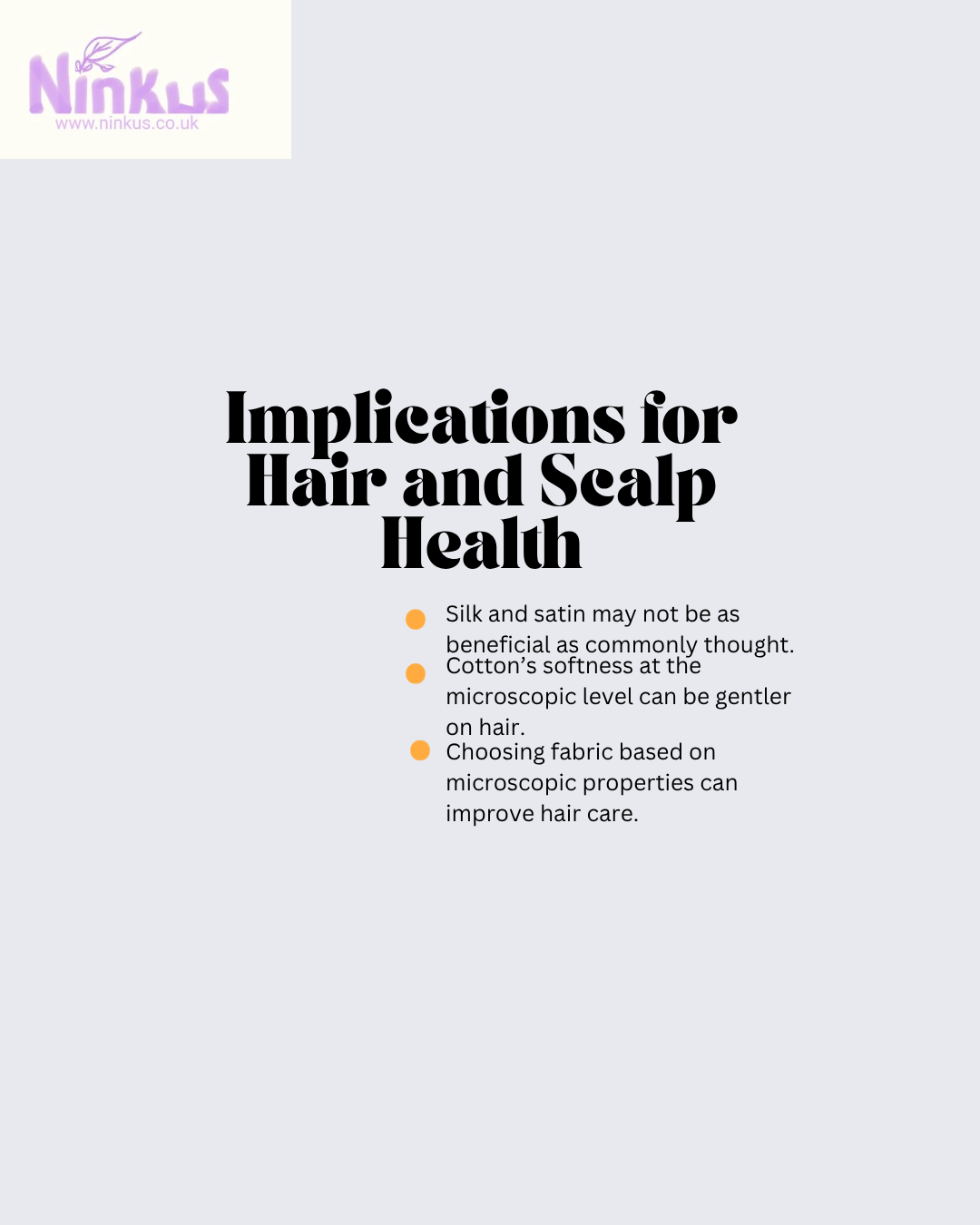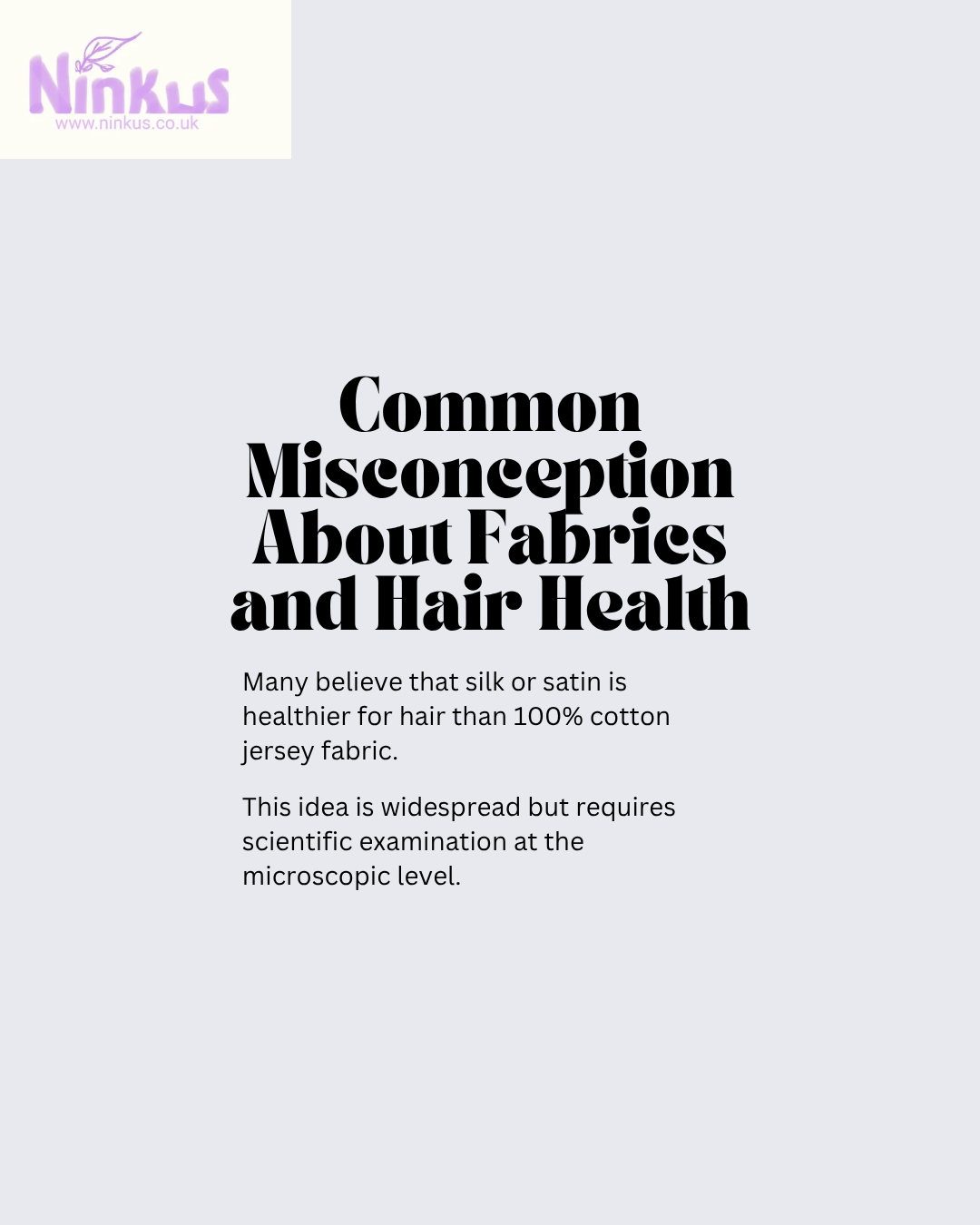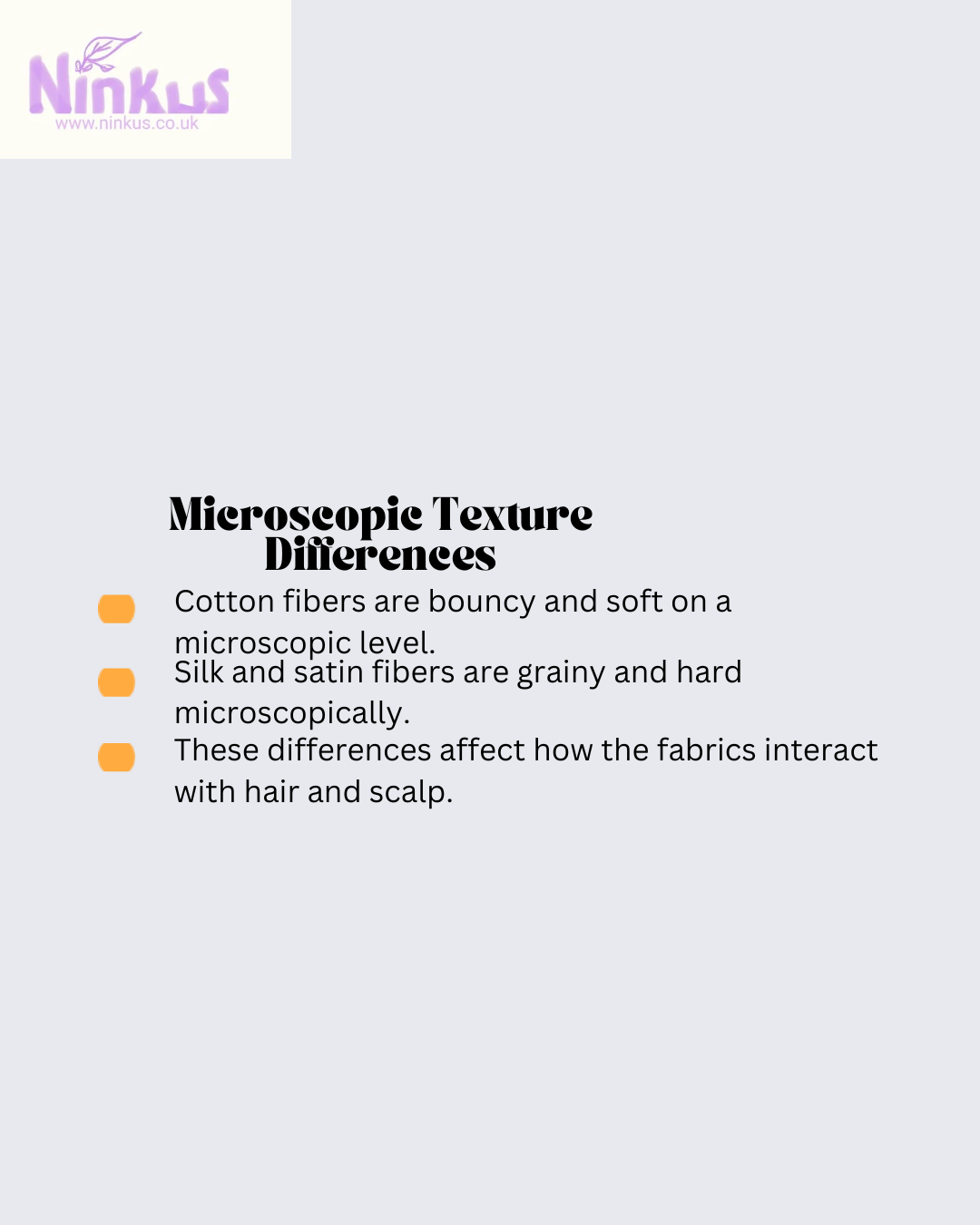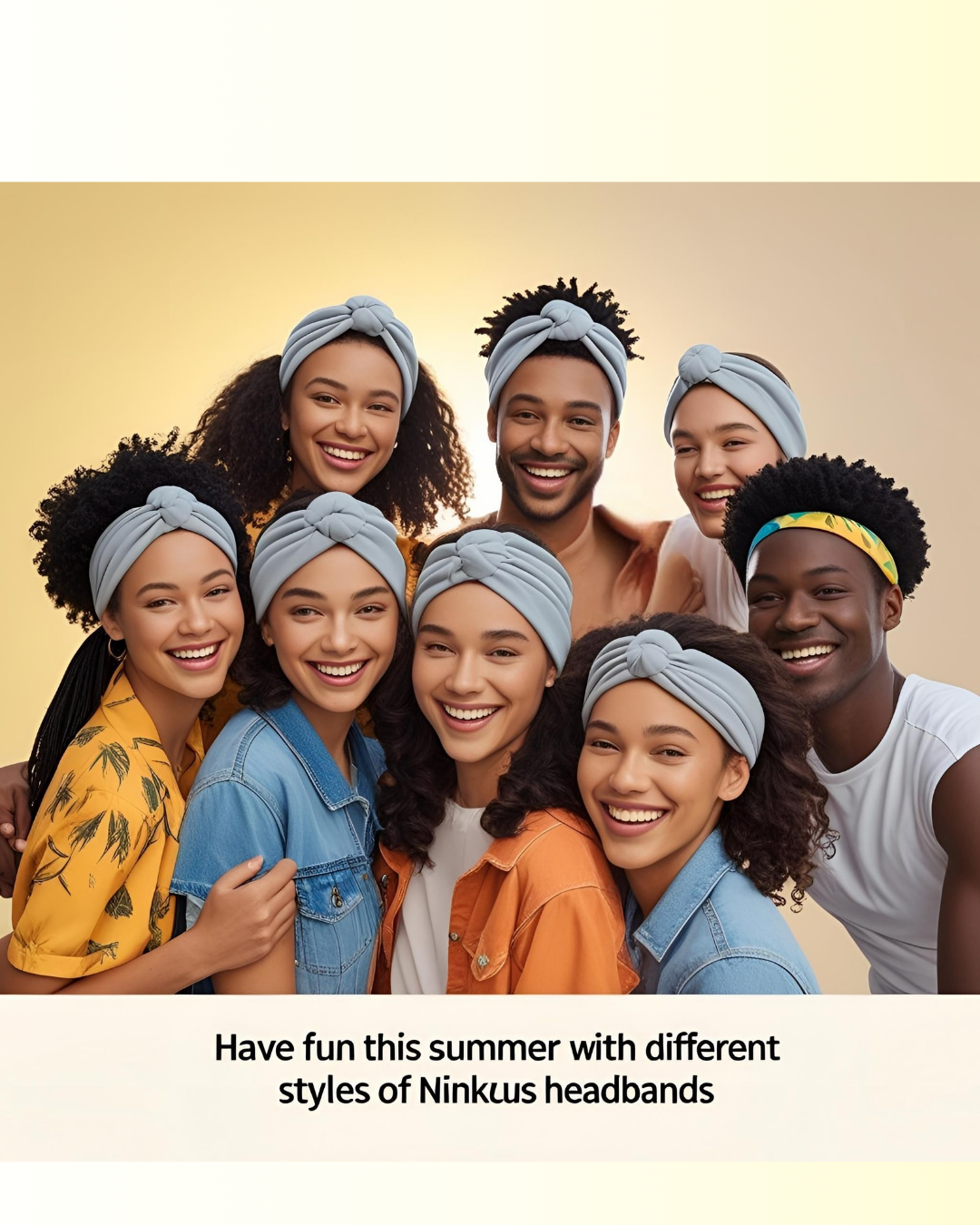The Evolution of Headbands: From Ancient Times to Today Ancient Beginnings: The Birth of Headbands
This is a subtitle for your new post
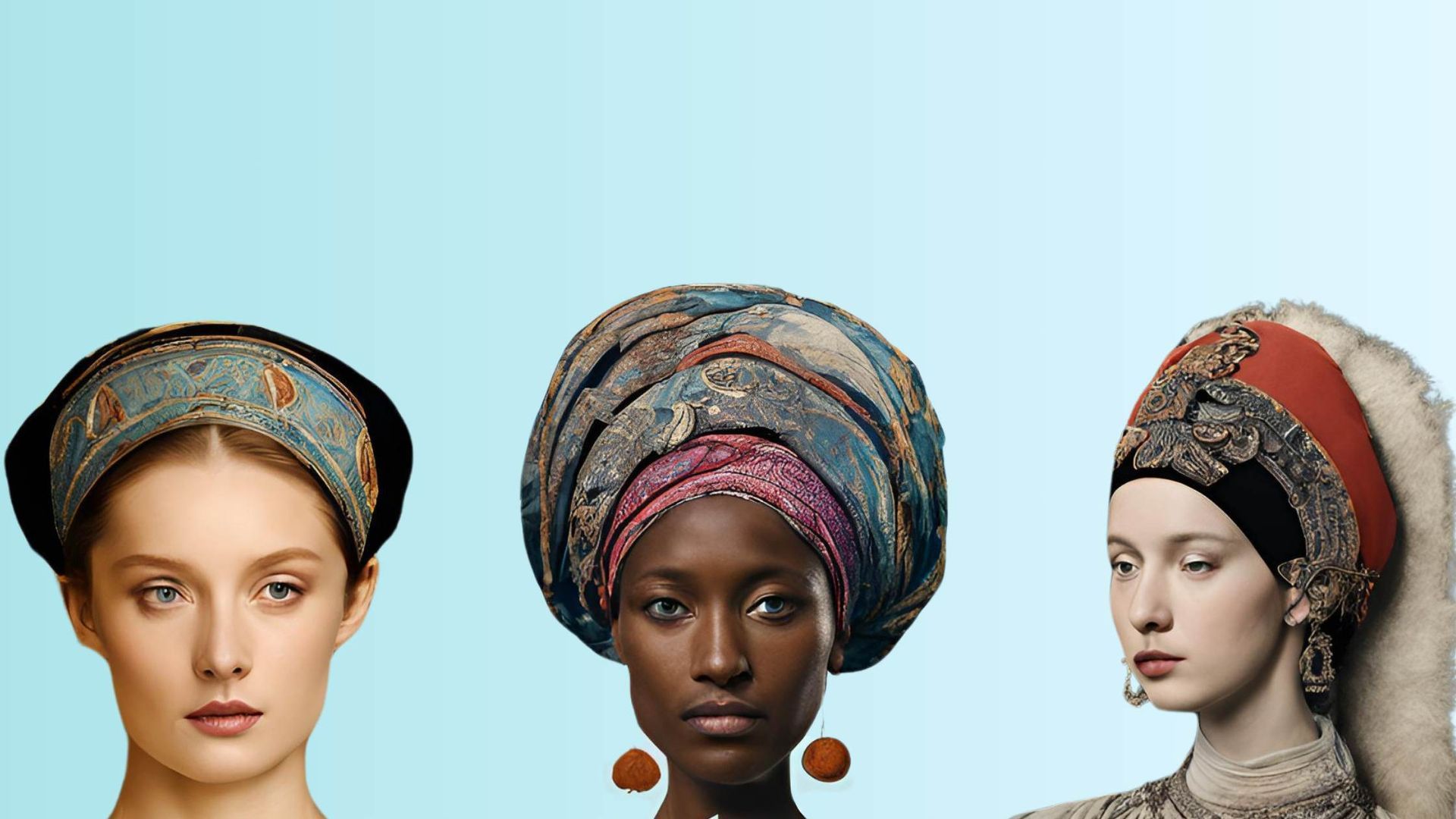
The body content of your post goes here. To edit this text, click on it and delete this default text and start typing your own or paste your own from a different source.
The origins of headbands can be traced back to ancient civilizations, where they served both practical and decorative purposes. In ancient Greece and Rome, headbands, known as "fillets," were worn by both men and women. These early headbands were often made from wool, leather, or even metal, and were adorned with laurel leaves as a symbol of victory and status. Similarly, in ancient China, headbands were used as a means of holding the hair in place, often decorated with precious stones and metals, signifying wealth and social standing.
The Middle Ages: A Mark of Nobility
During the Middle Ages, headbands became
a sign of nobility and were primarily worn by women. These bands were often
crafted from luxurious materials such as silk and velvet, embellished with
pearls and jewels. The fashion of the time dictated that the hair be styled in
intricate designs, and headbands served the dual purpose of securing these
styles while also displaying the wearer's wealth and social rank. The
headband's role as a fashion accessory was firmly established during this era.
The Renaissance Revival: Artistic Expression
The Renaissance period saw a resurgence
in the popularity of headbands, as they became a canvas for artistic
expression. As fashion evolved, headbands were adorned with elaborate
embroidery, lace, and floral designs. The influence of Italian and French fashion
was particularly significant during this time, where headbands were often
paired with elaborate gowns and hairstyles. The headband's evolution during the
Renaissance highlighted its versatility as both a practical accessory and a
statement of individual style.
The Victorian Era: A Symbol of Femininity
In the Victorian era, headbands took on a
more delicate and feminine form. They were often crafted from fine lace and
ribbons, reflecting the era's emphasis on modesty and refinement. Headbands
were worn by women of all ages, and their design often complemented the
intricate hairstyles of the time. The Victorian headband became a symbol of
femininity and elegance, further solidifying its place in the world of fashion.
The Roaring Twenties: A Bold Fashion Statement
The 1920s marked a turning point for
headbands, as they became synonymous with the flapper style. This era of
liberation and rebellion saw women embracing bold and daring fashion choices,
with headbands playing a central role. Often embellished with feathers,
sequins, and jewels, these headbands were worn low on the forehead,
complementing the short bob hairstyles that were popular at the time. The
headband became an emblem of the new, modern woman, exuding confidence and
independence.
The 1960s and 70s: A Symbol of Counterculture
The headband experienced a resurgence in
the 1960s and 70s, as it became a symbol of the counterculture movement.
Embraced by both men and women, headbands were often made from natural
materials like leather and beads, reflecting the era's emphasis on peace, love,
and individuality. The headband became associated with iconic figures of the
time, such as Jimi Hendrix and Janis Joplin, and was often paired with bohemian
and psychedelic fashion styles.
The 1980s: A Fitness and Fashion Phenomenon
In the 1980s, headbands took on a new
role as a staple in fitness fashion. The rise of aerobics and workout videos
popularized the use of sweatbands, which were both practical and stylish. These
headbands were often brightly colored and worn as part of a coordinated workout
ensemble. The fitness craze of the 80s brought headbands into the mainstream,
where they became an essential accessory for both athletic and everyday looks.
The 1990s: Minimalism and Grunge Influence
The 1990s saw a shift towards minimalism
and grunge, and headbands adapted to these new fashion trends. Thin, stretchy
headbands became popular among women seeking a simple and practical hair
accessory. At the same time, the grunge movement embraced the use of bandanas
as headbands, adding an edgy, rebellious touch to the style of the era. The
headband's ability to morph with changing fashion trends ensured its continued
relevance.
The 21st Century: A Fashion Staple Reimagined
In the 21st century, headbands have
cemented their place as a versatile fashion accessory. From high fashion
runways to everyday street style, headbands are constantly reimagined to suit
contemporary trends. Designers experiment with materials, textures, and
embellishments, offering headbands that range from understated elegance to bold
statements. Whether it's the resurgence of padded headbands or the popularity
of athleisure styles, headbands continue to adapt and thrive in the fashion
world.
The Enduring Appeal of Headbands
The enduring appeal of headbands lies in
their versatility and ability to transcend time and trends. From ancient
civilizations to modern-day fashionistas, headbands have been embraced for
their practicality, elegance, and ability to express individuality. As a
fashion staple, headbands have proven that they are more than just an
accessory—they are a testament to the ever-evolving nature of style and
personal expression.
